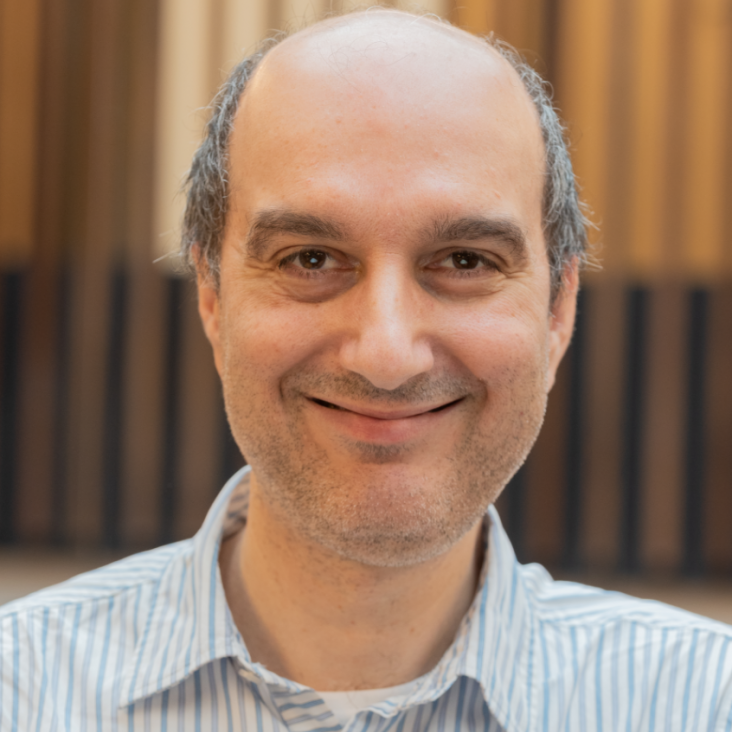Interaction of a highly radiative shock with a solid obstacle
Physics of Plasmas American Institute of Physics 24:8 (2017) 082707
Abstract:
In this paper, we present the recent results obtained regarding highly radiative shocks (RSs) generated in a low-density gas filled cell on the GEKKO XII laser facility. The RS was generated by using an ablator-pusher two-layer target (CH/Sn) and a propagation medium (Xe). High velocity RSs have been generated (100-140 km/s), while limiting as much as possible the preheating produced by the corona emission. Both self-emission and visible probe diagnostics highlighted a strong emission in the shock and an electron density in the downstream gas. The RS characteristics that depend on the initial conditions are described here as well as its precursor interaction with an aluminium foil used as an obstacle. The obtained results are discussed which show a strong extension of the radiative precursor (1 mm) leading to an expansion velocity of the obstacle up to 30 km/s compatible to a 20 eV temperature.Transition from collisional to collisionless regimes in interpenetrating plasma flows on the National Ignition Facility
Physical Review Letters American Physical Society 118:18 (2017) 185003
Abstract:
A study of the transition from collisional to collisionless plasma flows has been carried out at the National Ignition Facility using high Mach number (M>4) counterstreaming plasmas. In these experiments, CD-CD and CD-CH planar foils separated by 6-10 mm are irradiated with laser energies of 250 kJ per foil, generating ∼1000 km/s plasma flows. Varying the foil separation distance scales the ion density and average bulk velocity and, therefore, the ion-ion Coulomb mean free path, at the interaction region at the midplane. The characteristics of the flow interaction have been inferred from the neutrons and protons generated by deuteron-deuteron interactions and by x-ray emission from the hot, interpenetrating, and interacting plasmas. A localized burst of neutrons and bright x-ray emission near the midpoint of the counterstreaming flows was observed, suggesting strong heating and the initial stages of shock formation. As the separation of the CD-CH foils increases we observe enhanced neutron production compared to particle-in-cell simulations that include Coulomb collisions, but do not include collective collisionless plasma instabilities. The observed plasma heating and enhanced neutron production is consistent with the initial stages of collisionless shock formation, mediated by the Weibel filamentation instability.Magnetic field production via the Weibel instability in interpenetrating plasma flows
Physics of Plasmas American Institute of Physics 24:4 (2017) 041410
Abstract:
Many astrophysical systems are effectively “collisionless,” that is, the mean free path for collisions between particles is much longer than the size of the system. The absence of particle collisions does not preclude shock formation, however, as shocks can be the result of plasma instabilities that generate and amplify electromagnetic fields. The magnetic fields required for shock formation may either be initially present, for example, in supernova remnants or young galaxies, or they may be self-generated in systems such as gamma-ray bursts (GRBs). In the case of GRB outflows, the Weibel instability is a candidate mechanism for the generation of sufficiently strong magnetic fields to produce shocks. In experiments on the OMEGA Laser, we have demonstrated a quasi-collisionless system that is optimized for the study of the non-linear phase of Weibel instability growth. Using a proton probe to directly image electromagnetic fields, we measure Weibel-generated magnetic fields that grow in opposing, initially unmagnetized plasma flows. The collisionality of the system is determined from coherent Thomson scattering measurements, and the data are compared to similar measurements of a fully collisionless system. The strong, persistent Weibel growth observed here serves as a diagnostic for exploring large-scale magnetic field amplification and the microphysics present in the collisional-collisionless transition.Numerical modeling of laser-driven experiments aiming to demonstrate magnetic field amplification via turbulent dynamo
Physics of Plasmas AIP Publishing 24:4 (2017) 041404


